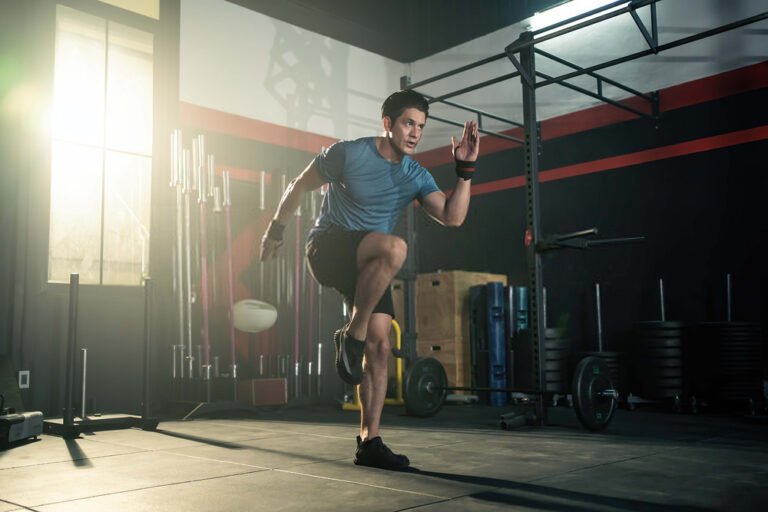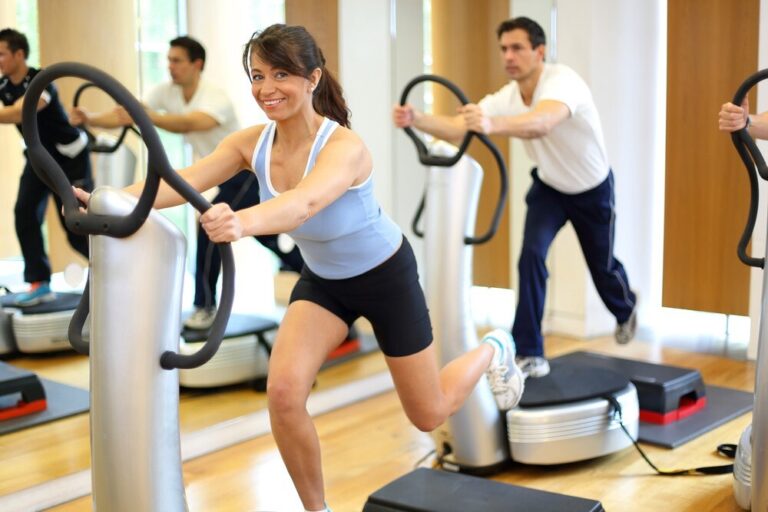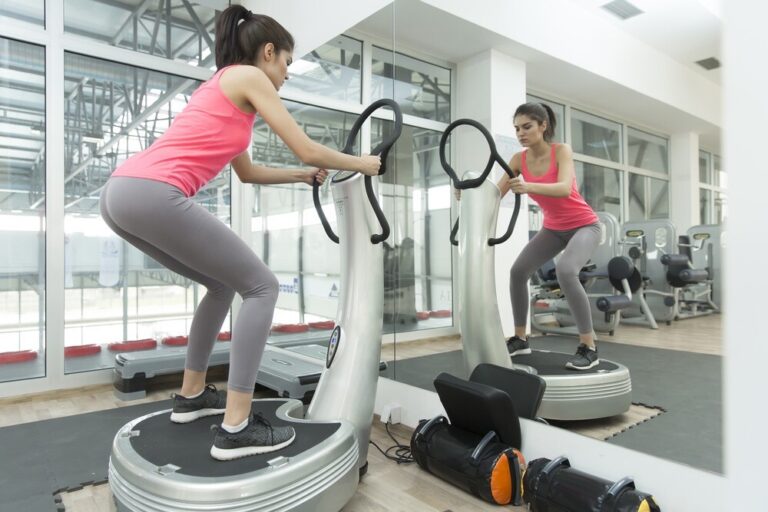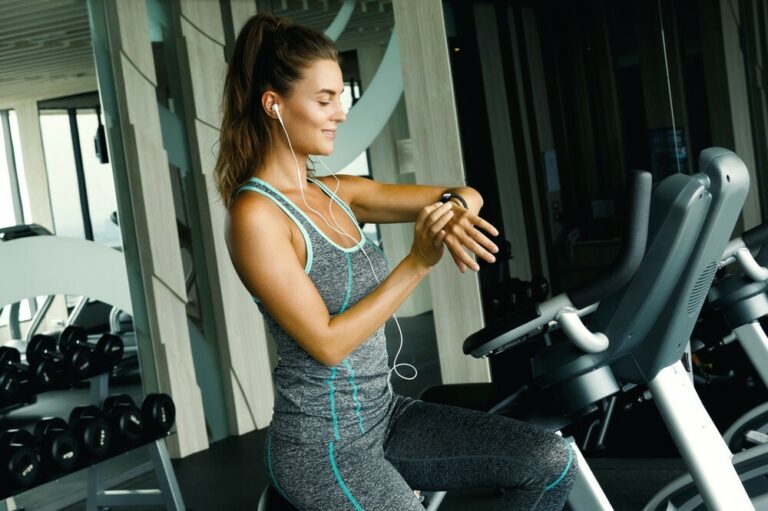Stretching Increase Flexibility Better Than Cardio – Know Why!
Doing cardio but still feeling muscle tightness? It might be time to add some stretching exercises to your routine!
This post discusses the differences between these two forms of exercise and the benefits they provide.
You'll learn why stretching exercises are more effective than cardio for promoting flexibility, what types of stretches you should do, how much weight loss you'll see with cardio vs stretching, and how stretching helps avoid injury during cardio as well as other exercises.
What is Cardio In Short
Cardiovascular exercise, more popularly referred to as cardio, is any exercise that improves heart health by increasing the number of times your heart beats in a minute.
The best way to accomplish this is with prolonged bouts of moderate-intensity aerobic exercise such as brisk walking, jogging, cycling or swimming. In addition, cardio focuses on building strength throughout your body's cardiovascular system.
What is Stretching In Short
Stretching exercises look beyond strengthening the heart and focus on improving overall flexibility and mobility.
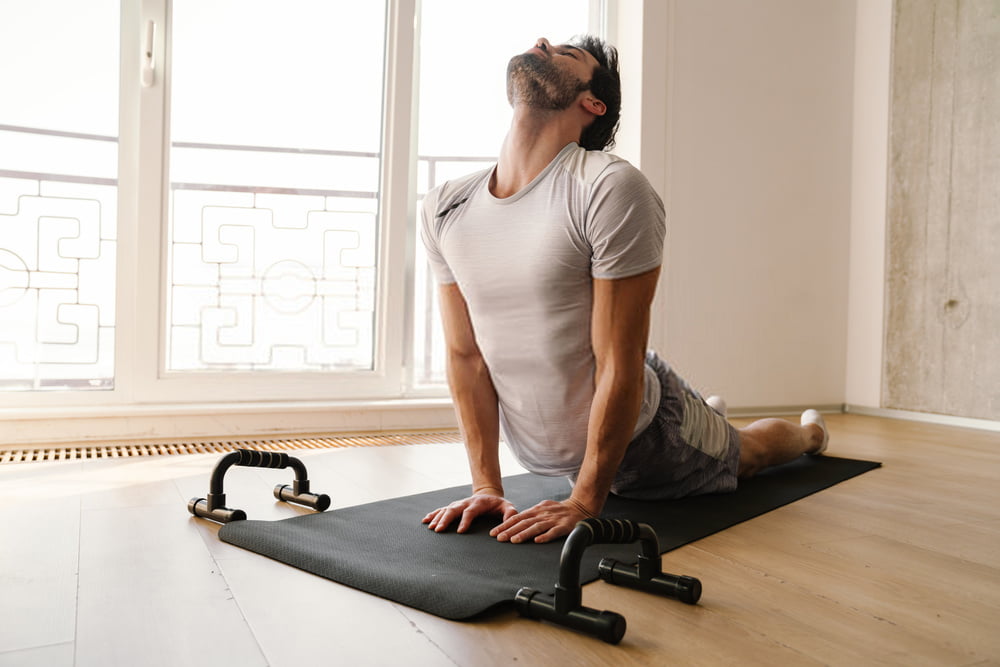
Stretching encourages your muscles to elongate, breaks down the scar tissue that forms during injuries, and increases your body's range of motion.
By stretching regularly, you can significantly reduce and even eliminate many common athletic injuries by helping muscles and connective tissues to move freely through their full range of motion.
Cardio vs Stretching
Cardio is a form of cardiovascular exercise, which improves your cardiovascular system and the ability for your muscles to respond slowly and efficiently to stretching.
As a result, it leads to faster and better muscle recovery during exercise and a minor injury.
Stretching improves flexibility and increases your range of motion. It also reduces the risk of injury during workouts by helping your body maintain its full range of motion following an injury.
In addition, it helps prevent re-injury, promotes speed and agility while preventing damage, and reduces soreness in injured areas.
They are not mutually exclusive. By combining the two, your body works on both the cardiovascular system and gains flexibility.
Why Do Stretching Exercises Increase Flexibility More Than Cardio Exercises?
As mentioned above, cardio exercise improves heart health by increasing the number of heartbeats in a minute.

The increase in heart rate means increased blood flow to the muscles, which brings more oxygen and nutrients to them.
It increases tissue health, muscle tone and overall fitness level. In addition, cardio exercise requires caloric expenditure.
As a result, those who do it can burn fat, improving overall health by reducing the risk of heart disease and diabetes.
While cardio exercises can improve the cardiovascular system, they do not directly improve flexibility. While doing cardio, you burn energy and strengthen the muscles, but your muscles aren’t becoming more flexible.
You might feel a little more limber after doing cardio exercises, but to improve your flexibility, you need to stretch.
Stretching exercises focus on improving muscle tone and flexibility. They’re an essential part of any athlete’s training regimen because they help muscles move through their full range of motion while reducing the risk of injury.
Stretching isn't just beneficial for athletes and people who work out, either – it's also essential for everyone else who sits at a desk for hours every day or drives in a car for long distances.
Stretching helps muscles overcome the stretch reflex, the body’s natural defence mechanism that keeps muscles from being torn. It does this by contracting opposing muscles to stretch them beyond their current range of motion.
It limits your flexibility, making you feel tight and sore in your muscles even after short exercising periods.
The contractions and muscle responses stretched will be reduced by performing stretching exercises, leading to a more excellent range of motion and less joint pain afterwards.
Stretching also promotes muscle relaxation. By relaxing your muscles through stretching, you can control the intensity of your workout and reduce the risk of injury.
Stretching also increases nerve activity, which makes muscles easier to maintain and leads to strength gains.
Finally, stretching increases blood flow through muscles and other soft tissues of the body. It improves tissue health, reduces soreness, and prevents injuries by eliminating the lactic acid that builds up in your muscles during exercise.
Lactic acid causes muscle fatigue by interfering with the energy production in your body’s cells.
Cardio and Stretching Goes Hand in Hand
Cardio and stretching are a great combination for many reasons. They are a great way to keep your muscles in shape and help them recover from exercise.
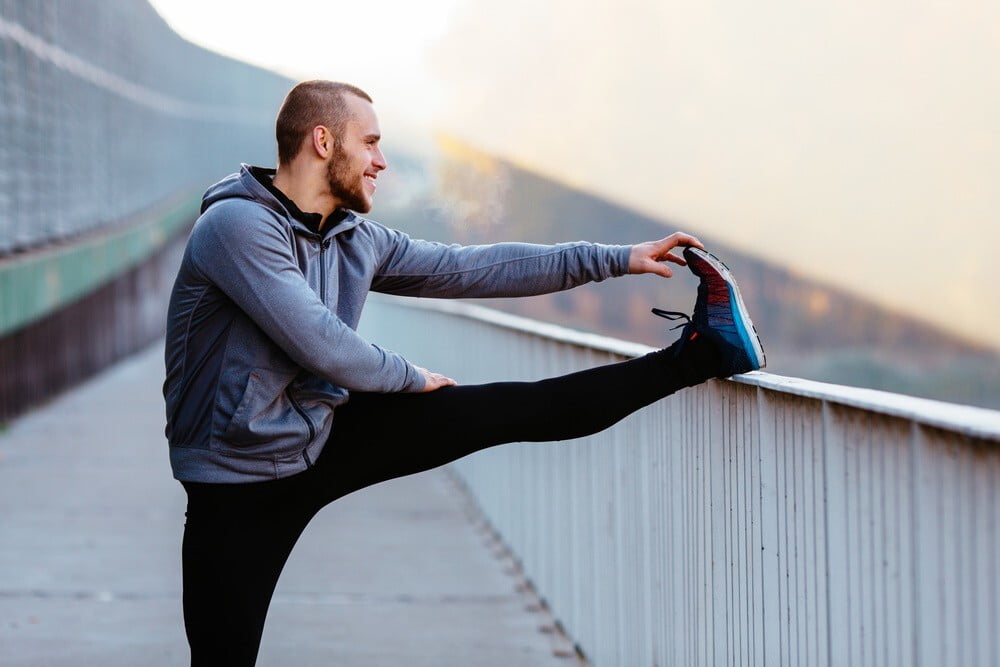
Cardio is excellent for building your stamina to go longer and harder on the cardio exercises.
Cardio and Stretching work together so that when you do cardio, it’s more effective because of the stretching. It is why many people use both at the same time for maximum benefit.
Because cardio exercises improve cardiovascular fitness, they are also essential to your overall health. They reduce the risk of many severe diseases and health conditions, including heart disease, diabetes and high blood pressure.
Cardio exercises also increase strength by building muscle and burning fat. In addition, by strengthening your muscles through a combination of cardio workouts and stretching exercises, you will improve flexibility by reducing the amount of lactic acid that builds up in your muscles during exercise.
Final Thoughts
Stretching no doubt increases flexibility more than cardio due to its effect on the connective tissue in your muscles.
However, cardio exercises improve your cardiovascular system and endurance, both of which are important when you're stretching.
However, stretch and cardio exercises work together to improve flexibility by reducing the strain on your connective tissue and helping to restore balance within the body.
Overall, a mix of cardio and stretching exercises is the best way to get fit while also building flexibility.
By working on breathing techniques, increasing your metabolism, and using a combination of stretching exercises and cardio workouts, you can take your flexibility to new heights and reach new limits.

